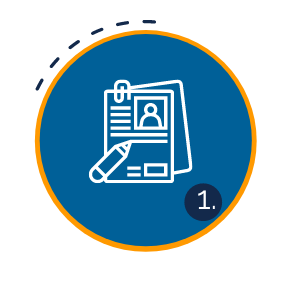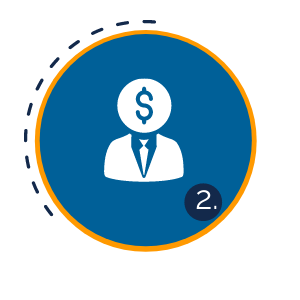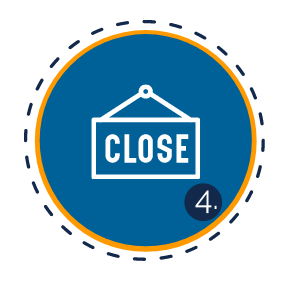Mortgage Refinance
Refinancing your mortgage loan replaces your original mortgage loan with a new one. While there are some great reasons to refinance, it’s also important to wait for the right moment.
If you’re interested in refinancing, contact a qualified loan officer to see what options are available.
Reasons To Refinance
You can get a lower rate or payment for refinancing the remaining balance.
You can refinance to leverage the equity you’ve attained.
Refinancing can also take a spouse or other party off a loan, in case of a divorce.
If you don’t refinance the right way at the right time, it can do more harm than good. Make sure you consult with a mortgage professional to understand current market conditions and your options for refinancing your mortgage loan before committing to one.
Types Of Refinancing
There are two types of mortgage refinancing.
A rate-and-term refinance is used to change the term, rate, or both, of an existing mortgage. By changing the rate and/or term, monthly payments have the potential to significantly decrease. This type of refinancing would be best to utilize if interest rates are decreasing or if you have improved your credit score.
A cash-out refinance is when an existing mortgage is replaced with a new one of a larger amount. The difference in the loan amounts is used as the “cash out” the borrowers receive. This option is often used to convert home equity.
Benefits Of Refinancing
A better mortgage rate
If mortgage rates have fallen since you took out the loan, you can often save money by refinancing you mortgage into a new home loan at current rates.
Lower monthly payment
With a lower interest rate, you can get lower monthly payments as well, particularly if your refinanced mortgage has the same payoff date as your old home loan.
More predictable costs
If you currently have an ARM (adjustable-rate mortgage), you may choose to refinance to a fixed-rate loan to lock in your rate for the remainder of your mortgage.
Shorten your term
This allows them to pay the mortgage off faster and save a lot of money in interest over the life of the loan.
Borrow money
With a cash-out refinance, you can borrow against your home equity to obtain funds for any purpose.
Refinance Process

Step 1: Application
You will begin the refinance process by filling out a loan application with your basic personal and financial information.

Step 2: Connect with a Loan Officer
A Loan Officer will review your application and contact you to go over your options. Here you will let them know your goals, may that be a kitchen renovation or consolidating debt. They will go over the costs regarding your refinance and the current interest rates.

Step 3: Underwriting
After you have decided the option you want and lock your interest rate with the Loan Officer, your loan will be sent to processing. In processing, it will be submitted to an Underwriter to verify your information, ask for additional documents and order an appraisal, if needed. A Loan Processor will be contacting you to collect various documents and let you know the stages of your loan.

Step 4: Close
Once the Underwriter is satisfied with the information provided, the loan will be Clear-to-Close. During this time, the Loan Processor will work with your chosen Closing Agent to prepare your final closing package. Your Closing Agent will contact you and set up a date and time for you to sign your closing package and wire your payoffs.
When Should I Refinance?
Regardless of the type, you generally shouldn’t unless you can reduce the interest rate by at least 1 percent. Cash-out refinancing can also raise your monthly payment, depending on the cash-out amount.
However, refinancing also involves closing and closing costs, typically 3 to 6 percent. If you can’t afford to pay that amount, you shouldn’t refinance.
Also consider if you’re going to stay in the home. There’s no point to refinance unless you’re going to be able to benefit from it.
